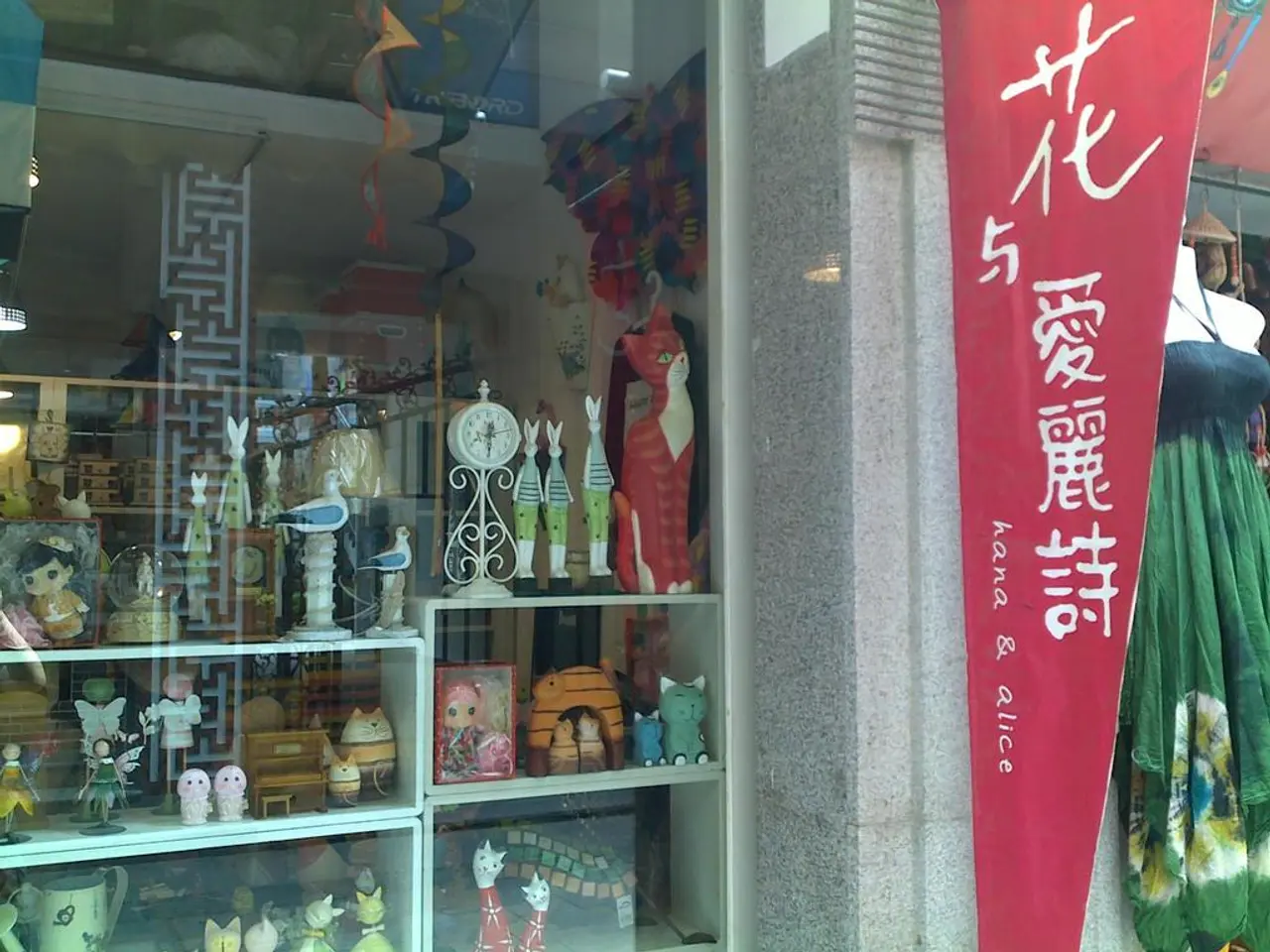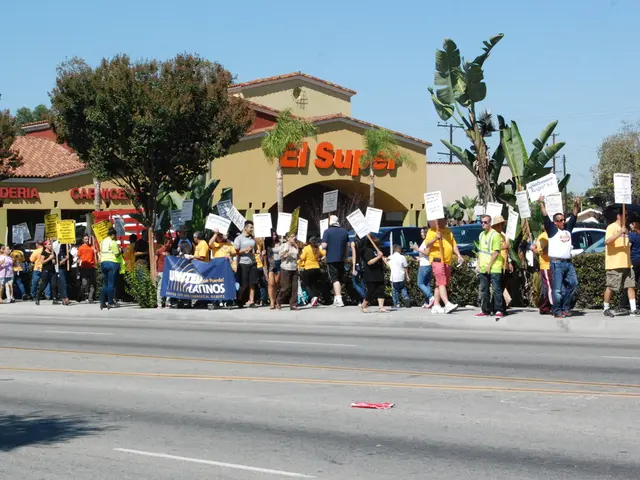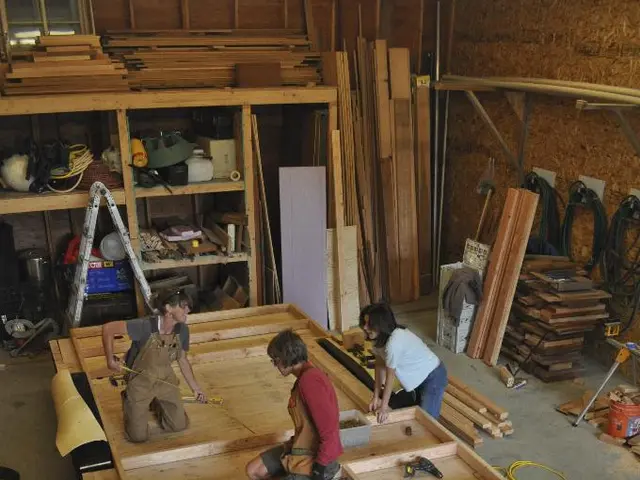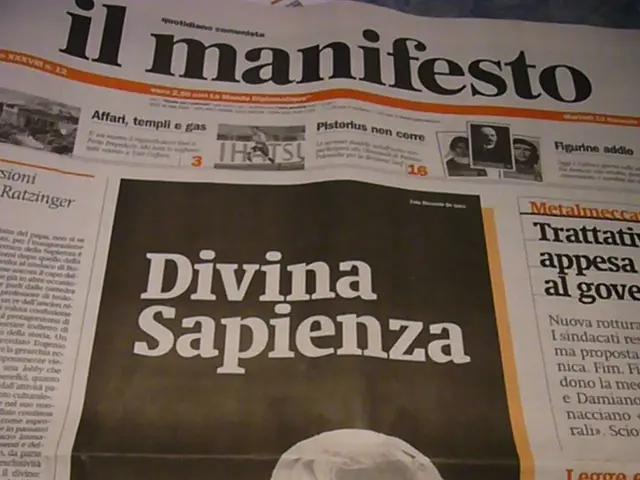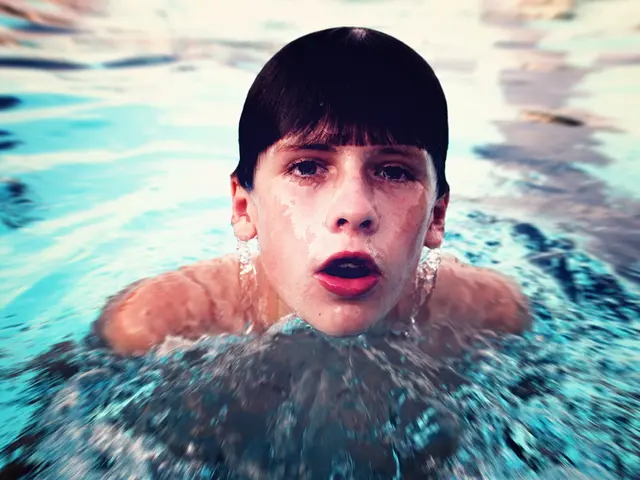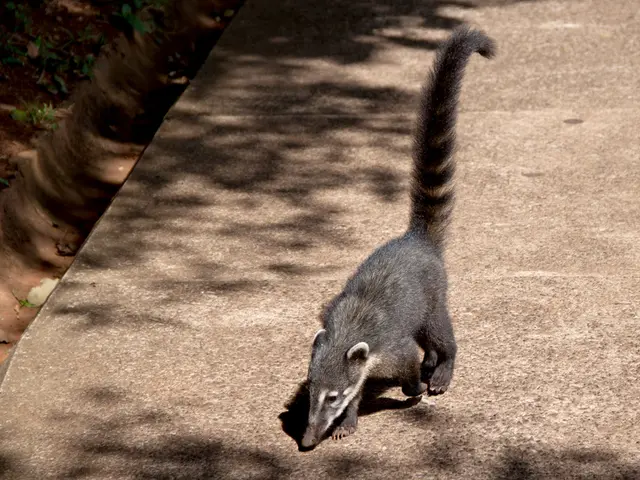Moments of Peak Creativity: Exploring When Inspiration Strikes
In the quest for unlocking one's full creative potential, understanding when personal peak creativity times occur can be pivotal. A multitude of factors influence these moments, ranging from individual cognitive styles to environmental contexts.
One key individual factor is the cognitive style known as Field Dependence-Independence (FDI), which describes how people process information in context. Field-independent individuals, who tend to have a greater ability to focus on relevant stimuli and inhibit distractions, often experience peak creativity during periods when they can manage their mental focus effectively.
Creativity also correlates with intrinsic interest in the task or field, as strong motivation can foster innovative thinking. Accumulated experience and expertise, such as through education or professional practice, further enhance problem-solving abilities and creative potential.
The social environment, including organizational culture that encourages open communication and collaboration, shapes creative performance. Quiet periods or low-distraction environments, such as early mornings or late nights (often called "quiet hours"), are favored by successful creative individuals to reflect and plan, leading to high creativity states.
Successful individuals often allocate time for unstructured "sandbox sessions," experimenting without pressure, fostering creativity. Engaging in hobbies or unrelated skill stacking expands pattern recognition and cognitive flexibility, potentially altering the timing of creative peaks. Mentoring or volunteering activities reinforce expertise and insight, which contribute indirectly to creative capacity.
Incubation during sleep or rest periods—where the subconscious continues processing creative problems—implies that creativity peaks may also be identified by tracking when solutions or ideas spontaneously emerge, such as during early morning hours.
To identify personal peak creativity times, self-monitoring and reflection are crucial. Keeping detailed logs or journals of when ideas flow best (time of day, environmental conditions) can help recognize personal rhythms. Deliberately experimenting with working at different times and settings to observe performance variations also helps assess peak times.
Cognitive style assessment tools may hint at how an individual best processes information, influencing when they might focus better creatively. Environmental adjustment, such as controlling social and physical environments (e.g., minimizing distractions, fostering collaborative culture), can help isolate conditions that promote peak creative performance.
In summary, personal peak creativity times are influenced by an interplay of cognitive style, motivation, experience, environment, and habits. Identifying these times requires attentive self-observation, experimentation with different conditions, and understanding one’s information processing preferences.
Embracing a creative lifestyle involves more than just understanding peak creativity times. Allocating time each week to explore new digital tools that can enhance your creative workflow, personalizing your creative space with items that inspire and motivate, and integrating deliberate pauses into the workday are all essential elements.
Recognizing the early signs of burnout and having a go-to list of activities that help you recharge, such as nature walks, reading, or hobbies, are also vital for maintaining creative output over time. A positive, open, and resilient mindset prepares the ground for creative ideas to take root.
Exercise boosts blood flow to the brain, enhancing cognitive flexibility and fostering an environment ripe for the germination of new ideas. Adequate sleep rejuvenates the mind, allowing for the consolidation of memories and the formation of novel connections between ideas.
Ultimately, the moment of a sudden, fresh, exciting idea is a testament to the creativity within each individual. Carry a pocket notebook everywhere to jot down ideas as they come, and take breaks to allow the mind to wander, fostering creative ideas and making unexpected connections. Flexibility and adaptability are key, as recognizing and adjusting to changes can help maintain or even enhance creative output over time.
- The ability to identify one's peak creativity times can be crucial in enhancing personal creative potential, with cognitive style (such as Field Dependence-Independence) being one significant factor that influences these moments.
- Embracing a creative lifestyle goes beyond just understanding when creativity peaks occur; it also involves setting aside time for exploration, personalizing creative spaces, and integrating deliberate pauses into the workday.
- To foster creativity, successful individuals often engage in unstructured "sandbox sessions," unrelated hobbies, or volunteering activities that expand pattern recognition and cognitive flexibility.
- Maintaining a creative output over time requires recognizing the early signs of burnout and having a go-to list of activities that help recharge, such as exercise, adequate sleep, nature walks, reading, or hobbies, alongside a positive, open, and resilient mindset.
